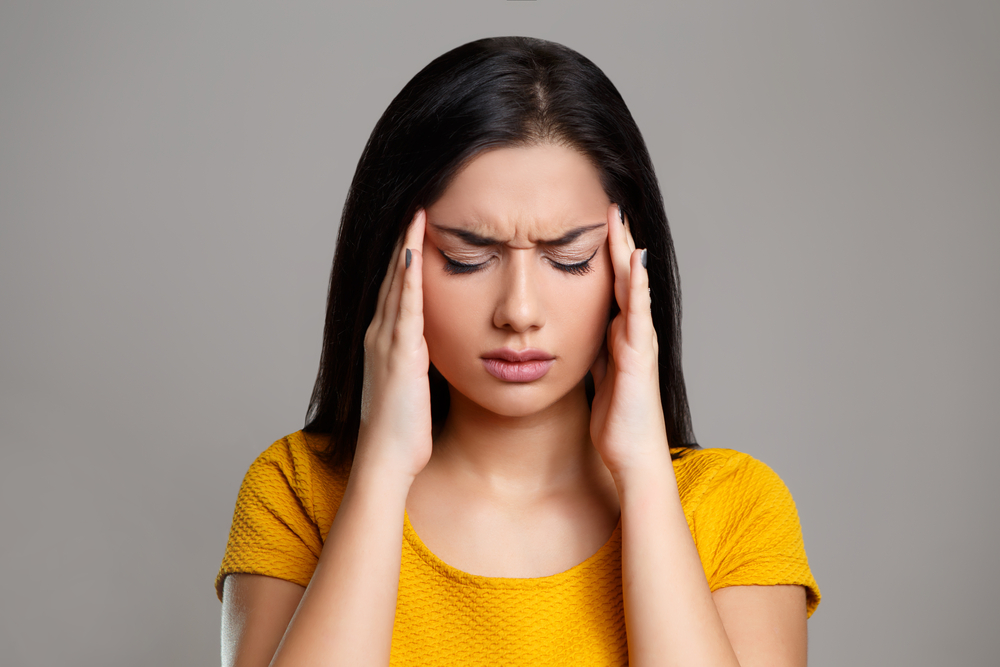Comprehensive Techniques for Managing and Reducing Migraine Symptoms
This comprehensive article explores effective strategies for managing migraine symptoms, emphasizing natural remedies, lifestyle changes, and medical treatments. Understanding migraine stages, triggers, and management techniques can help sufferers reduce attack frequency and severity, improving overall quality of life. Practical tips include stress reduction, physical activity, dietary adjustments, and medications, offering a holistic approach to migraine relief and prevention.

Effective Strategies for Managing and Reducing Migraine Symptoms
Migraine is a complex neurological condition that impacts millions worldwide, characterized by severe, pulsating headaches that often strike unilaterally or bilaterally across the head. These episodes can last for hours or even several days, severely impairing daily life, productivity, and overall well-being. Despite extensive research, the exact origin of migraines remains elusive; however, current evidence suggests that irregular brain activity and neurological misfires play significant roles in triggering these debilitating attacks.
The Four Phases of a Migraine and Their Common Symptoms
Understanding the progression of migraines through their four distinct phases can greatly aid in early detection and management.
Prodrome Stage: In the initial stage, individuals often experience subtle signs such as constipation, mood swings, feelings of depression or irritability, vivid food cravings, neck stiffness or discomfort, increased thirst and urination, and frequent yawning. Recognizing these early warnings can be vital for implementing preventive measures.
Aura Stage: Some migraine sufferers encounter visual disturbances such as flashing lights, blind spots, or temporary partial vision loss. Speech difficulties, uncontrollable limb movements, tingling sensations, and numbness may also manifest during this phase. This stage serves as a warning that a full-fledged migraine may follow.
Attack or Headache Phase: The most intense stage involves persistent throbbing or pulsating pain, which can be localized to one side or affect both sides of the head. Accompanying symptoms include nausea, vomiting, blurred or disturbed vision, sensitivity to light and sound, dizziness, and sometimes fainting. This phase typically demands immediate relief strategies.
Post-Migraine or Recovery Phase: After the headache subsides, many experience lingering effects such as dizziness, fatigue, increased sensitivity to light and sound, mood fluctuations, and mental fog. Recovery can vary from a few hours to days, depending on the severity of the attack.
Common Triggers of Migraines
While triggers can differ among individuals, several common factors are linked to migraine episodes. These include hormonal fluctuations—especially in women during menstrual cycles—physical or emotional stress, certain dietary choices like caffeine, alcohol, aged cheeses, or processed foods, medications or skipping meals, dehydration, sleep disturbances, and environmental factors such as bright lights, loud noises, strong odors, and weather changes. Despite identifying these triggers, some are inevitable, inseparable from daily life, thus emphasizing the importance of developing effective management techniques.
Given the unpredictable nature of migraines and unavoidable triggers, adopting a combination of natural techniques, lifestyle modifications, and medical interventions can significantly decrease the frequency, severity, and duration of these attacks.
Natural and Holistic Approaches to Migraine Relief
Many sufferers turn to natural remedies for quick, effective relief and long-term prevention. Aromatherapy, for instance, involves inhaling lavender essential oil or applying it to the temples, which has been shown to offer calming effects and reduce the intensity of migraine symptoms. Similarly, acupressure—a technique rooted in traditional Chinese medicine—involves applying pressure to specific points on the body that can help alleviate headache pain and decrease attack frequency when practiced regularly. Incorporating these methods into daily routines can empower individuals to manage migraines proactively.
Physical Activity and Mind-Body Balance
Engaging in regular physical activity such as jogging, swimming, dancing, cycling, or brisk walking not only boosts overall physical health but also helps regulate stress levels—an important factor in migraine management. Physical exercise releases endorphins, which are natural painkillers, and improves blood circulation, potentially reducing attack severity. Yoga and meditation are particularly beneficial for cultivating mental calmness, reducing stress, and promoting better sleep—all crucial components in migraine prevention. Practicing mindfulness and relaxation techniques can help sufferers gain better control over their response to triggers.
Managing Stress and Lifestyle Adjustments
Since stress is one of the primary triggers for migraines, adopting effective stress management practices is essential. Techniques such as deep breathing exercises, progressive muscle relaxation, biofeedback, and mindfulness meditation can help lower stress levels. Maintaining a consistent sleep schedule, establishing a relaxing bedtime routine, and ensuring adequate sleep duration are vital, as poor sleep quality often correlates with increased migraine episodes. Additionally, staying well-hydrated, eating regular balanced meals rich in nutrients, and reducing caffeine and alcohol intake can contribute to overall migraine control.
Medical Treatments and Medications
When natural methods are insufficient, healthcare providers can recommend specific medications tailored to individual needs. There are two main categories: acute medications and preventive drugs. Acute pain relievers are taken at the onset of a migraine attack to mitigate pain and associated symptoms. These include nonsteroidal anti-inflammatory drugs (NSAIDs), triptans, and anti-nausea medications. Preventive medications are administered regularly to reduce the frequency, severity, and duration of attacks. These include beta-blockers, anticonvulsants, antidepressants, and Botox injections in some cases. Consulting a healthcare professional for personalized treatment plans is crucial for effective migraine management.
In conclusion, managing migraines requires a multifaceted approach, combining lifestyle modifications, natural remedies, and medical interventions. Awareness of individual triggers and early signs can empower sufferers to take proactive steps in reducing attack frequency and severity. With proper management, many individuals can significantly improve their quality of life and reduce the disruptive impact of migraines on daily activities.





